 CJ Montalbano, Human Factors Engineer CJ Montalbano, Human Factors Engineer The Potential for Change Did you know that with regular practice of activities aimed at training the brain, it is possible to improve working memory (Klingberg, 2010), visual processing (Willis et al., 2006), control of attentional resources (Burge et al., 2013), and stress-response resiliency (Witt, 1980)? Brain training or cognitive training (CT), is typically used in medical settings for improving cognitive functioning in traumatic brain injury patients for example. However, CT is being used in other settings, such as sports. Sports Performance is Cognitively Demanding Playing any sport requires a high demand of cognitive functioning including, but not limited to, decision making, working memory, visual and perceptual processing, motor functioning, and divided attention. In moments of normal gameplay, the amount of brain processing needed to evaluate, act, and perform optimally for every possible situation is astronomical. Moreover, players frequently encounter high-pressure situations where stress-response regulation can be crucial to performance outcomes (Eysenck and Wilson, 2016). With this in mind (no pun intended), take a moment and try to place yourself inside the head of a competitive soccer player; say Lionel Messi for example. At all moments in time on the field, Messi must be aware of his positioning relative to the current and projected state of the ball, his teammates, and the position of his opponents. This is only the start of the mental juggling act needed to be an effective player. Of course, Messi must also act on these thought-processes repeatedly, which requires precise split-second decision-making. In fact, one judgment error or slight hesitation can be a catalyst to a domino effect of miscalculations likely leading to an opponent goal or missed offensive opportunity. So, when it comes to training, the traditional practice paradigm may be enough to improve a player’s physical performance and technical skills, but there’s clearly a mental facet to the game that needs to be considered. Current CT Applications in the Sports Field There are several companies producing commercial CT solutions aimed at specifically improving sports performance, such as Axon Sports, FITLIGHT, and NeuroTracker, to name a few. Interestingly, the utilization of CT in the professional sports realm is very present. For instance, NeuroTracker, has an extensive clientele list with teams from the NFL and Premier league bought in, with research supporting their efficacy. One such study used a 3-dimensional multiple object tracking (3D-MOT) task which required participants to track and recall multiple moving objects in a changing visual field (Romeas, Guldner, and Faubert, 2016). The concept behind this task is that it may actually simulate the cognitive processing occurring in Messi’s head when he’s evaluating his surroundings on the field. In the study, the effects of training for 19 male soccer players were examined across the three groups (3D-MOT, passive, and active control). The 3D-MOT group trained twice per week for 5 weeks, whereas the active control watched 3D soccer videos and partook in engaging interviews, and the passive control received no treatment for the evaluations. Interestingly, the 3D-MOT trained group improved by 15% in a measure of on-field passing decision-making. However, there were no improvements in shooting or passing accuracy, which underscores the potential lack of transfer effect to similar yet different tasks (Walton et al., 2018). Moreover, another study found that while participants improved significantly in the training task post-training, no evidence was found for near transfer (to another object tracking task) or for a far transfer task (a driving task that required recalling specific locations) (Harris et al., 2020). This concept of transferring training to the specific performance task is a major talking-point in terms of the efficacy of CT applications. Transfer of training refers to the generalization of skills attained from training which are then applied to different tasks and domains. One way transfer tasks are categorized is by how near or far they are from the training task, in other words, the closer the transfer task resembles the training task the nearer the transfer. Unsurprisingly, the likelihood of transfer effects is directly related to the degree to which the transfer task resembles the training task, thus near transfer is much more commonly seen (Sala et al., 2019). Sport-based CT is no exception to this phenomenon. The far transfer of CT on sports performance is especially difficult given that sports are highly variable with many factors that ultimately contribute to the success or demise of a player (e.g., natural performance variances, nutrition, emotional state, sleep deprivation, etc.) (Walton et al., 2018). For example, measuring win/loss ratios (e.g., season performance) may be an appealing metric for CT transfer, but again there are so many factors that play into a team's success it’s difficult to single out CT as the affective variable. What Do You Think? Put yourself in the mind of a coach (yes, I’m sorry, you are officially no longer Messi). Now, consider the following: Would you pay for a CT product that may or may not transfer successfully to the pitch? If it were me, I just might, as it’s a pretty neat concept. That said, I think it’s clear that researchers in the field of CT and developers of these systems should continue to make collaborative efforts to better understand and evaluate the transfer effects of training tasks to real-world performance outcomes. Eventually, with the advent of innovative training designs and accurate ways to determine their effectiveness, I believe CT will not only hold its own in the sports realm, but also in a variety of other settings. Sources
Burge, W. K., Ross, L. A., Amthor, F. R., Mitchell, W. G., Zotov, A., & Visscher, K. M. (2013). Processing speed training increases the efficiency of attentional resource allocation in young adults. Frontiers in Human Neuroscience, 7, 684. De Witt, D. J. (1980). Cognitive and biofeedback training for stress reduction with university athletes. Journal of Sport and Exercise Psychology, 2(4), 288-294. Eysenck, M. W., & Wilson, M. R. (2016). Sporting performance, pressure and cognition 14. An introduction to applied cognitive psychology. Harris, D. J., Wilson, M. R., Smith, S. J., Meder, N., & Vine, S. J. (2020). Testing the Effects of 3D Multiple Object Tracking Training on Near, Mid and Far Transfer. Frontiers in Psychology, 11, 196. Klingberg, T. (2010). Training and plasticity of working memory. Trends in cognitive sciences, 14(7), 317-324. Perceptual-Cognitive Training Solution. (2020, March 27). Retrieved June 26, 2020, from https://neurotracker.net/ Ping, J., Liu, Y., & Weng, D. (2019, March). Comparison in depth perception between Virtual Reality and Augmented Reality systems. In 2019 IEEE Conference on Virtual Reality and 3D User Interfaces (VR) (pp. 1124-1125). IEEE. Romeas, T., Guldner, A., & Faubert, J. (2016). 3D-Multiple Object Tracking training task improves passing decision-making accuracy in soccer players. Psychology of Sport and Exercise, 22, 1-9. Sala, G., Aksayli, N. D., Tatlidil, K. S., Tatsumi, T., Gondo, Y., & Gobet, F. (2019). Near and far transfer in cognitive training: A second-order meta-analysis. Collabra: Psychology, 5(1). Simons, D. J., Boot, W. R., Charness, N., Gathercole, S. E., Chabris, C. F., Hambrick, D. Z., & Stine-Morrow, E. A. (2016). Do “brain-training” programs work?. Psychological Science in the Public Interest, 17(3), 103-186. Walton, C. C., Keegan, R. J., Martin, M., & Hallock, H. (2018). The potential role for cognitive training in sport: more research needed. Frontiers in psychology, 9, 1121. Willis, S. L., Tennstedt, S. L., Marsiske, M., Ball, K., Elias, J., Koepke, K. M., ... & Wright, E. (2006). Long-term effects of cognitive training on everyday functional outcomes in older adults. Jama, 296(23), 2805-2814.
0 Comments
 Dr. Grace Teo, Sr. Research Psychologist Dr. Grace Teo, Sr. Research Psychologist Although no one from the office directly observed me doing work during the COVID quarantine, someone else was keeping watch. They noted and reported back to me how much time I spent in “deep focus”, on emails and online chats, meeting duration and if these meetings were accompanied by agendas, who my collaborators were, and my level of well-being (i.e., the time I actually “powered down” from work). Yes, Microsoft’s MyAnalytics (see Fig. 1) was my productivity pal while I worked from home. I indulged myself in this new distraction, reading my stats and delving into the research and insights, discovering things like “it can take up to 23 minutes to refocus after checking just one email or chat”, “having long blocks of time to focus without interruptions can help you get challenging work done faster”, and “last-minute invitations are sometimes necessary, but your meetings may be more effective if you give attendees sufficient time to prepare”. Applications of data science methods are becoming prevalent in more and more domains of our work and life. Microsoft’s MyAnalytics is just one of many applications (see Fig. 2) that we encounter, whether we know it or not. A 2018 Forbes article provided a quick overview of some data science tools, which include: (i) data analytics, (ii) predictive modeling, (iii) artificial intelligence and machine learning (Forbes, 2018). As it turns out, these tools closely mirror much of what we do in our everyday interactions with others.
Data analytics merely involves examining and describing past data, such as past usage and activities. There is no prediction or extrapolation done with the data, as is the current state of MyAnalytics. Human analogy: We perform data analytics when we take a matter-of-fact approach in noting someone’s past behaviors, like when someone was late for all of the Thursday meetings in the past month. We do not use it to infer anything about their patterns of behavior or personality, and do not try to project their future actions. Predictive analytics takes things a step further. This involves using past data to derive some general pattern or model, which is then used to predict future events. Regression is a common statistical technique for developing such models from past or observed data. Human analogy: We perform predictive analytics to make sense of the world through patterns. For instance, when we see someone being late for a particular Thursday meeting more than a few times, we start to expect/predict that this person will be late for future meetings. In doing this, we create a “model” of the person’s behavior for meetings. Artificial Intelligence and Machine Learning (AI/ML) goes even further. In addition to using past data to predict future events, AI/ML involves autonomously learning and adjusting the model without any human intervention as new data comes in. This is what enables Facebook to get better at recognizing your friends by continually learning their unique features from each new picture of them in various poses and lighting conditions. Human analogy: This type of learning comes closest to what humans actually do with new information. Our understanding and predictions about someone get better the more we see him/her in various contexts and roles. Our knowledge of this person gets richer with each new encounter. For instance, after seeing the same person in other meetings on Thursday, non-work meetings, and meetings with other customers, we realize that s/he is only late for the Thursday meetings that occur with a particular customer. So what do you think of apps such as MyAnalytics? Do you think it would help your productivity? What aspects of your life would you not welcome the use of such apps? Leave a comment and tell us what you think! |
AuthorsThese posts are written or shared by QIC team members. We find this stuff interesting, exciting, and totally awesome! We hope you do too! Categories
All
Archives
June 2024
|

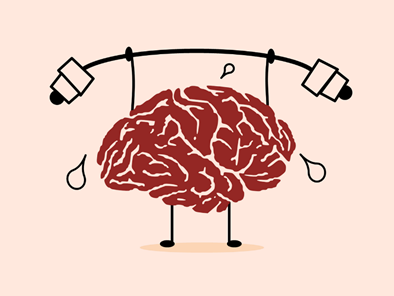
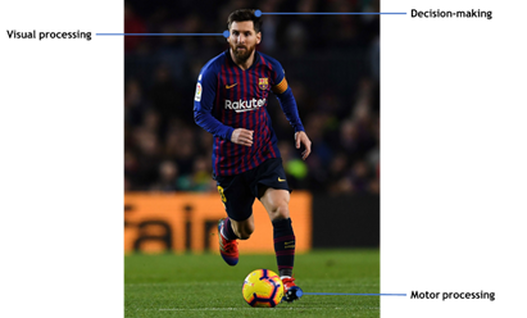
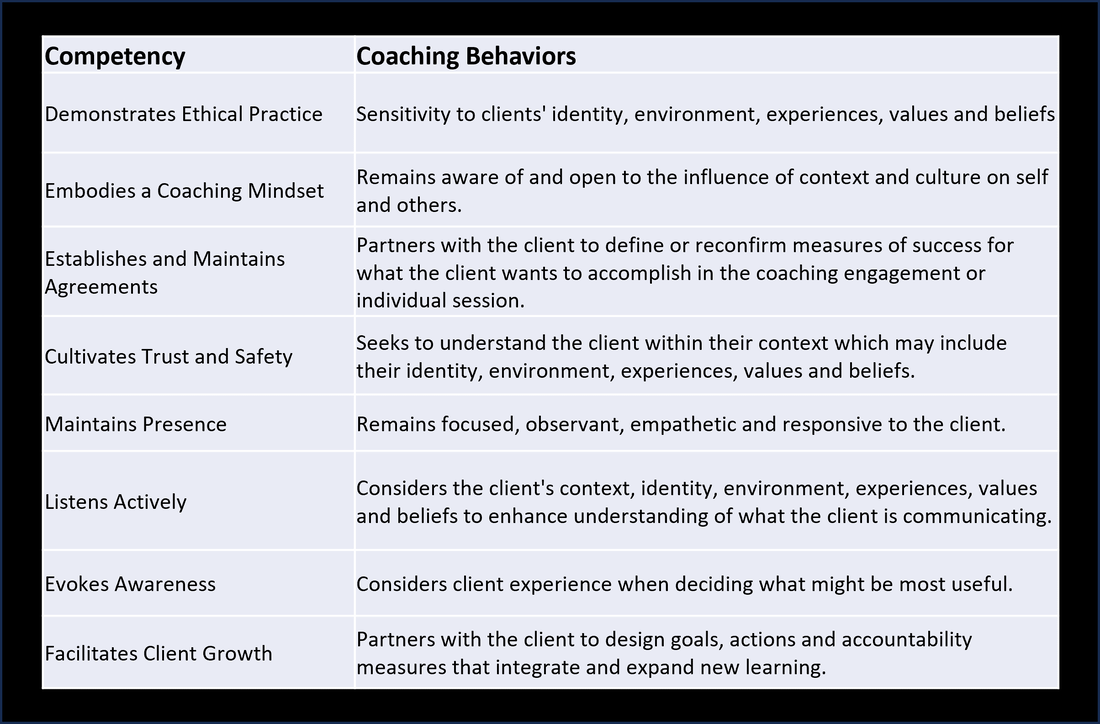
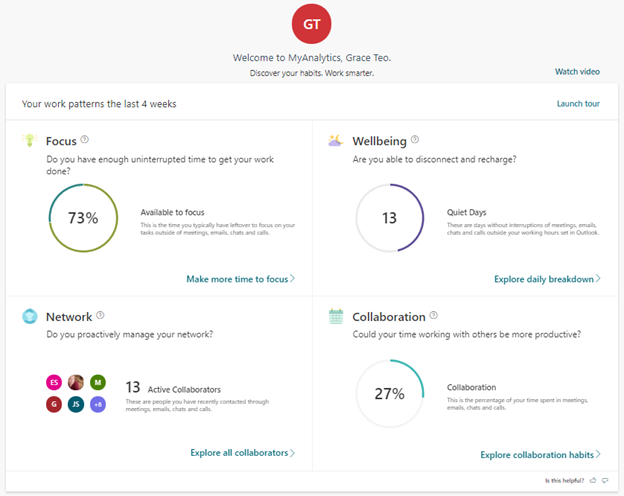
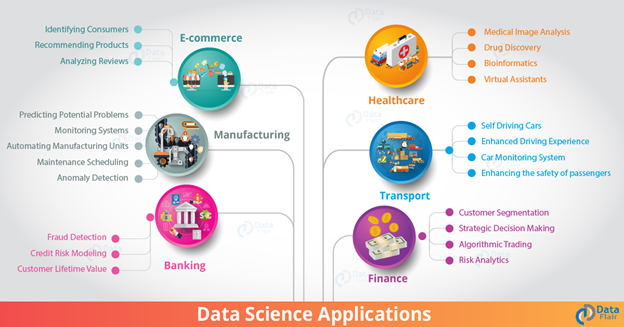
 RSS Feed
RSS Feed